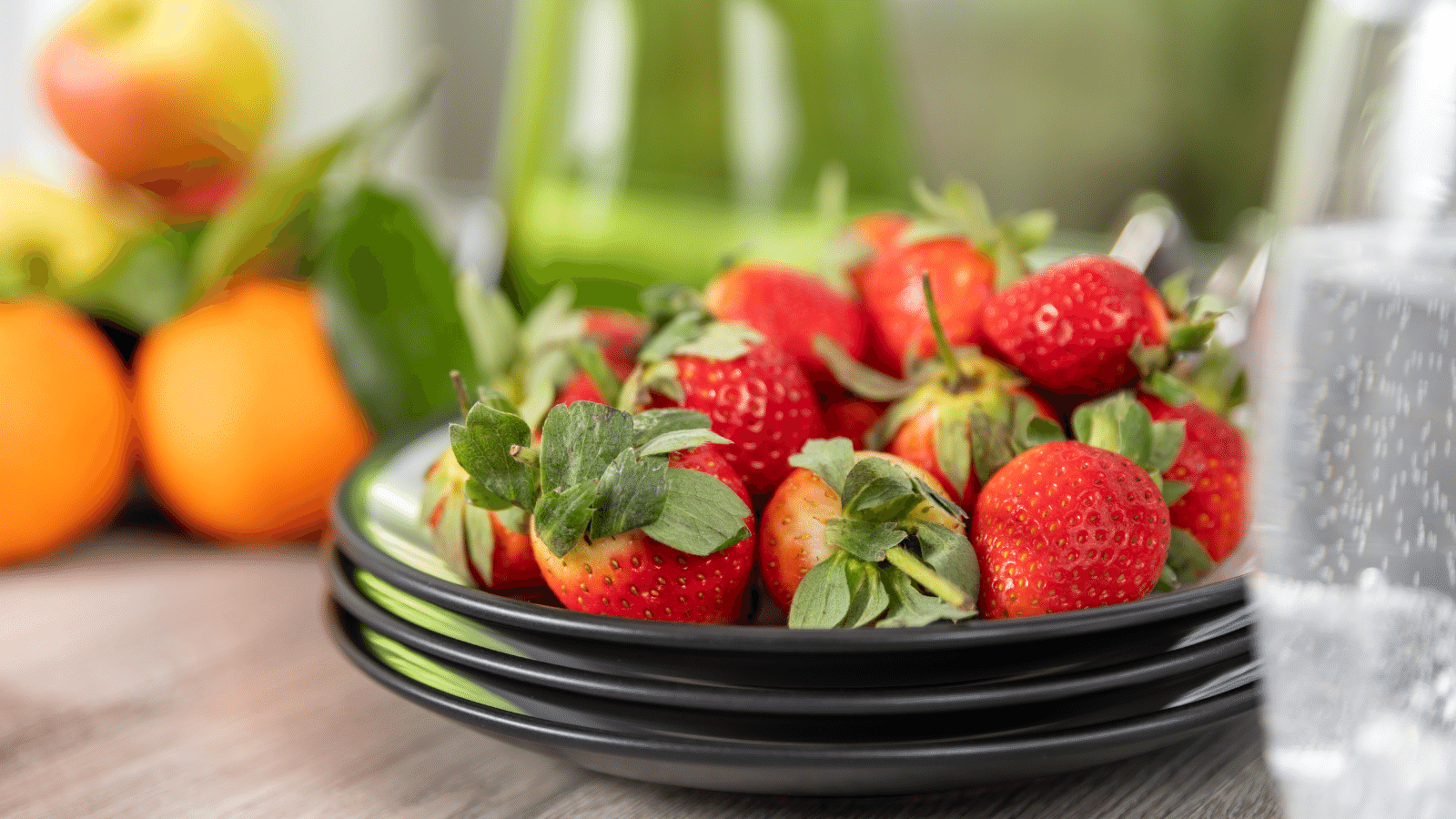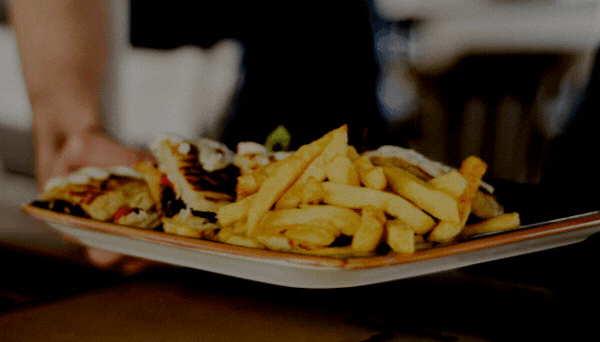3 Ways to Preserve Produce in Florida's Commercial Kitchens
Studies show we waste a lot of our food supply, and this fact is no different for commercial foodservice operators in the state of Florida. The good news is sustainability is top of mind when it comes to restaurants, according to the National Restaurant Association, and Eaton Marketing has a few ideas that can help. With the right equipment and a plan to eliminate waste, kitchens can focus on food preservation and savings.
Use Produce That's in Season
According to the USDA, about 30 to 40 percent of the food supply becomes wasted. One of the top causes of food waste is spoilage. This happens at every stage of production and supply. Therefore, taking advantage of produce that is in season and local helps to save costs and eliminate waste. In addition, the closer a kitchen is to the food source, the more affordable it becomes.
When using food that is in season, it gets to commercial kitchens faster, which saves on transportation costs and ensures the freshness of the food. Seasonal menus are appealing to guests and customers. They are unique and offer something different than typical fare. This encourages more customers, which ultimately helps eliminate waste in the kitchen. Customers look forward to seasonal treats like watermelon and cherries in the summer and pumpkin in the fall.
A Blast Chiller or Shock Freezer Extends Usage Times
Some food can be preserved to extend its life outside its season and reduce waste. When a kitchen is able to think ahead to preserve or blast chill for fresher food, it can save money and minimize meal prep. Using a blast chiller or a shock freezer can help save money and time, and reduce food waste. Both of these options move food to cold temperatures quickly. However, there are some differences between the two processes. Knowing those differences may help a kitchen decide which is best for them.
A blast chiller changes food to a storage temperature quickly. This produces micro-crystals that help to preserve food instead of degrading it. This is best for a temporary storage solution. For example, prepared ingredients and food that is par-cooked can be stored in a blast chiller for 24 to 48 hours. This is a great place to store food for an upcoming meal or event. It helps save prep time and reduces wasted food.
Using a shock freezer is more of a long-term solution because it moves food quickly to frozen conditions. In addition to moving food to sub-freezing conditions, it preserves the cellular structure. Shock freezing is an excellent process for bulk foods. It allows a kitchen to buy in bulk and store the food for many months. This will enable kitchens to save money with bulk purchases and prevents food waste.
UV Protection With Bluezone
Another option for commercial kitchens is the Bluezone Food Preservation System. This system uses UV light to remove contaminants that damage refrigerators to extend the life of produce. It uses ultraviolet enhanced oxidation to eliminate bacteria, mold, odors, and ethylene.
The Bluezone system pulls air into the chamber, destroys contaminants, and holds onto ozone before releasing the air back into the refrigerator. This process has been shown to extend the shelf life of fresh vegetables and fruit. When the shelf life is extended, it helps to reduce food waste while also saving money.




